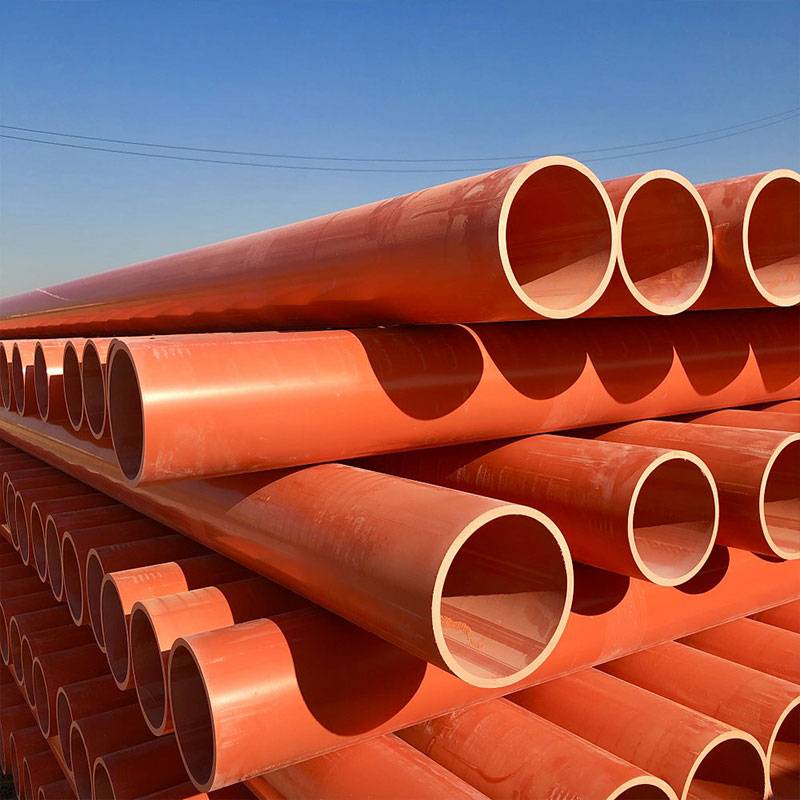폴리염화비닐 (폴리염화비닐) electrical conduits are a staple in electrical engineering, renowned for their excellent insulation, 내식성, flame retardancy, 그리고 쉬운 임명. Made from a blend of PVC resin and other additives, these conduits are formed through a specialized extrusion process, ensuring superior performance. The key benefits include high insulation resistance (up to 1012Ω·cm), preventing electrical leakage and enhancing safety; strong resistance to corrosive substances like acids, alkalis, 그리고 소금; and superior flame retardant properties, minimizing smoke and toxic gases during combustion. 더욱이, their simple socket-style connections facilitate quick and cost-effective installation.
Widely used across various sectors.
PVC electrical conduits are integral to power engineering (for cable protection, cable trays, and tunnels), communication engineering (protecting communication lines), 건축 (in electrical wiring for lighting, air conditioning, and fire systems), and municipal engineering (for electrical, communication, and drainage systems in urban infrastructure). Their versatility and durability make them an essential component in these areas, improving operational efficiency and maintenance.
Proper installation of PVC electrical conduits is crucial for longevity and safety.
The process involves measuring and cutting the conduit to size, ensuring straightness to avoid bending. 설치 전, it’s important to clean the conduit ends to ensure airtight connections. Then, the conduits are connected using specialized fittings, ensuring a tight fit to prevent leaks or disconnections. Post-installation, it’s vital to check for straightness and seal integrity. With these steps, PVC electrical conduits can significantly enhance the safety and reliability of electrical engineering projects, making them an indispensable tool in the field.
 Zhongtong HDPE 파이프 시스템 전문 공급 업체
Zhongtong HDPE 파이프 시스템 전문 공급 업체
